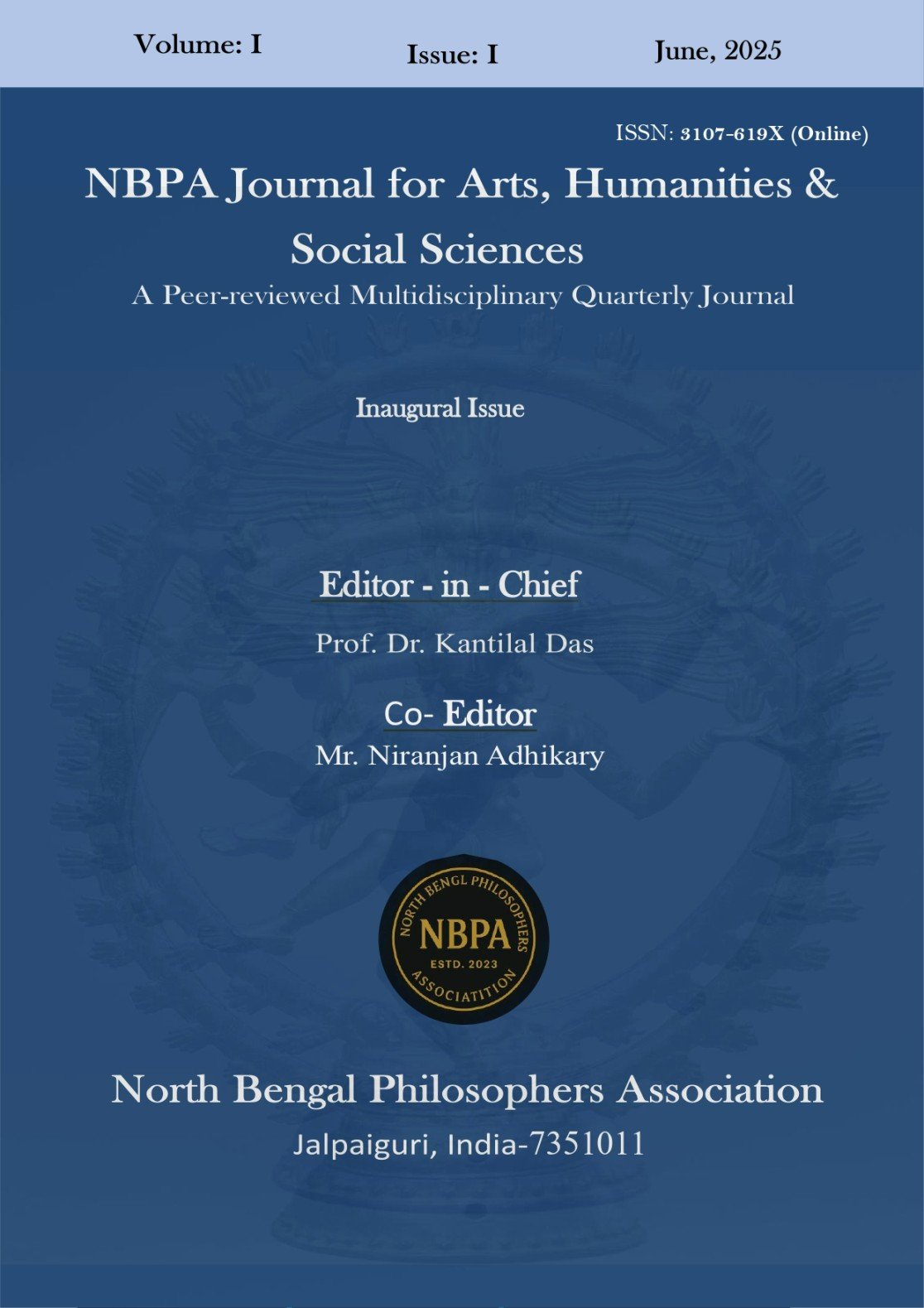The Advaita Critique of Vaiśeṣika Theory of Creation
- Authors
-
-
Dr. Raghunath Ghosh
University ofNorth BengalAuthor
-
- Keywords:
- paramāṇukāraṅatā, Brahmakāraṅatā, prayatna, adṛṣṭa, samavāya
- Abstract
-
Sankara, in his Bhāṣya, has logically considered the Vaisesika view of atomism and shown his polemic attitude to them on account of the fact that the Advaitins believe in the theory of Brahmakāraṇatā (i.e., the world is created by the Brahman. with the help of some logical arguments. and substantiated his Brahmakāraṇatāvāda. In this paper, an effort has been made to refute the view of the Vaiśeṣikas that deals with atomic conjunction as the cause of the world. The atom is described as the cause of this universe, which is taken as an effect. The desire of God, as aided by unseen factors (adṛṣṭa-s), i.e., merits and demerits of an individual, initiates primordial activity between atoms, resulting in the combination of them from which is a dyadic compound (dvyaṇuka) is produced. This initial action again needs some cause, without which is not possible. For an initial action, the atoms cannot be originated automatically due to their material character. If a material object is involved in some action, it is due to the presence of the Conscious Principle, the cause of conjoining unconscious atoms. Suppose the initial action continues to exist in the atom. In that case, the creation process would continue indefinitely, leaving no room for dissolution, which is unacceptable. If the human effort (prayatna) is regarded as the cause of the initial action in the atom, it is not possible at all owing to the absence of its cause (i.e., effort) at the time of dissolution. At the initial stage of dissolution, no human being is found, and hence it is possible to make an effort to disjoin the atoms. For this, the Advaitins must agree that the atomic conjunction is one of the factors of creation. This atomic conjunction, the Advaitins may say, cannot be the sole cause of it. It may be the cause if it is guided by some Conscious Principle, i.e., Brahman.
- Downloads
-
Download data is not yet available.
- Author Biography
- Cover Image
-

- Downloads
- Published
- 2025-06-13
- Section
- Articles
- License
-
Copyright (c) 2025 Dr. Raghunath Ghosh (Author)

This work is licensed under a Creative Commons Attribution-NonCommercial-NoDerivatives 4.0 International License.
